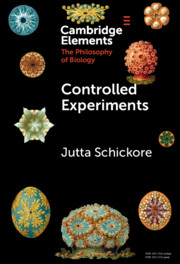Psychotic experiences (PEs), including hallucination- and delusion-like experiences, are robustly associated with self-injurious thoughts and behaviours (SITB) in the general population. However, it remains unclear as to why there is an association. The purpose of this systematic review was to elucidate the role of other factors that influence the association between PEs and SITB and, in doing so, highlight potential mechanisms underlying the relationship. A search of electronic international databases was undertaken, including PubMed, PsycINFO and EMBASE, and eligible studies were grouped according to seven confounder categories: sociodemographics, mental disorders, alcohol and substance use, environmental, psychological, intervention and family history/genetic factors. The systematic search strategy identified 41 publications reporting on 1 39 427 participants from 16 different countries. In the majority of studies, where adjustment for other variables occurred, the association between PEs and SITB persisted, suggesting PEs have an independent role. Common mental disorders, psychological distress and negative environmental exposures explained a substantial amount of the variance and therefore need to be considered as potential underlying mechanisms. There was high variability in the variables adjusted for in these studies, and so the question still remains as to whether the association between PEs and self-harm/suicidality can be attributed (fully or in part) to confounding and mediating factors or directly causal mechanisms. Regardless of causality, the now extensive literature reporting an association between these two clinical phenomena supports the broad usefulness of PEs as an indicator of risk for SITB.


